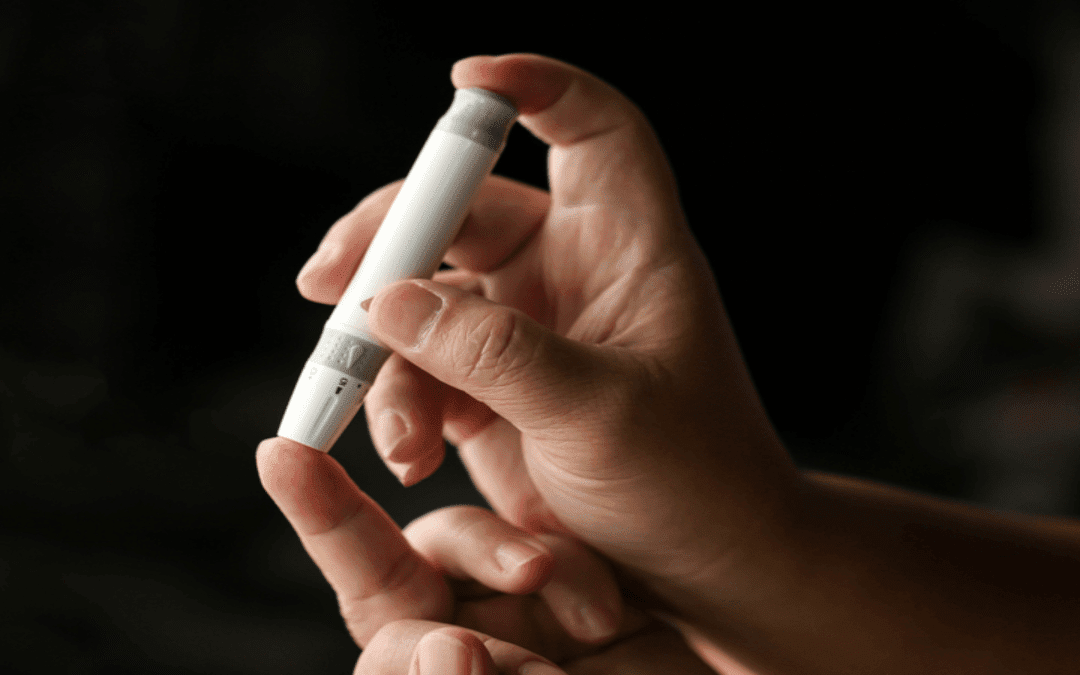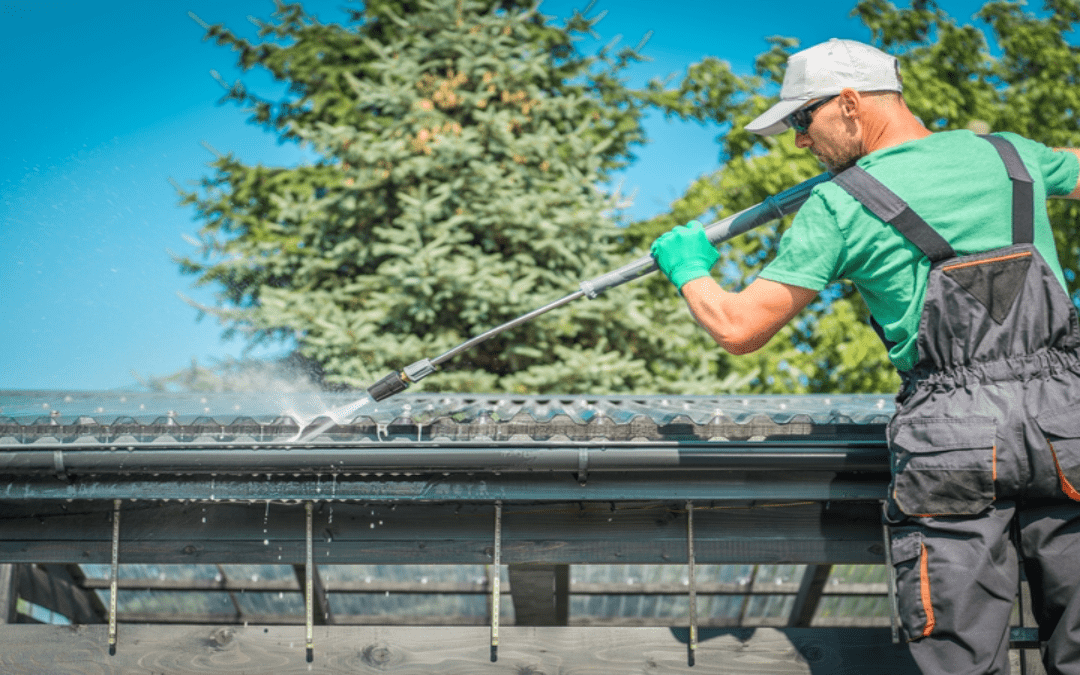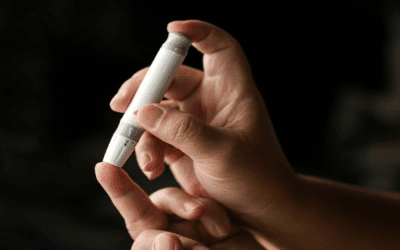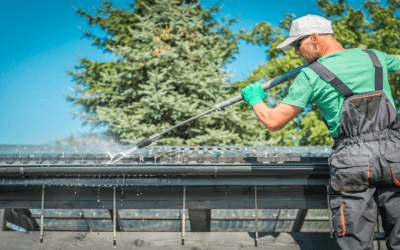Table of Contents
Skin rashes are caused by inflammation of the skin. They can affect any area of the body, but they often occur on the face, neck, arms, and upper torso. Most are harmless, but some can signal serious conditions that require medical attention. If you have a skin rash, it’s important to get it checked out by your doctor to prevent further complications or worsen of the rash symptoms. Here are the most common types of skin rashes and what causes them.
What are the most common types of skin rashes?
While rashes are often harmless, they can sometimes indicate a serious underlying condition. Here’s a brief rundown of some of the most common skin rashes and how to recognize them
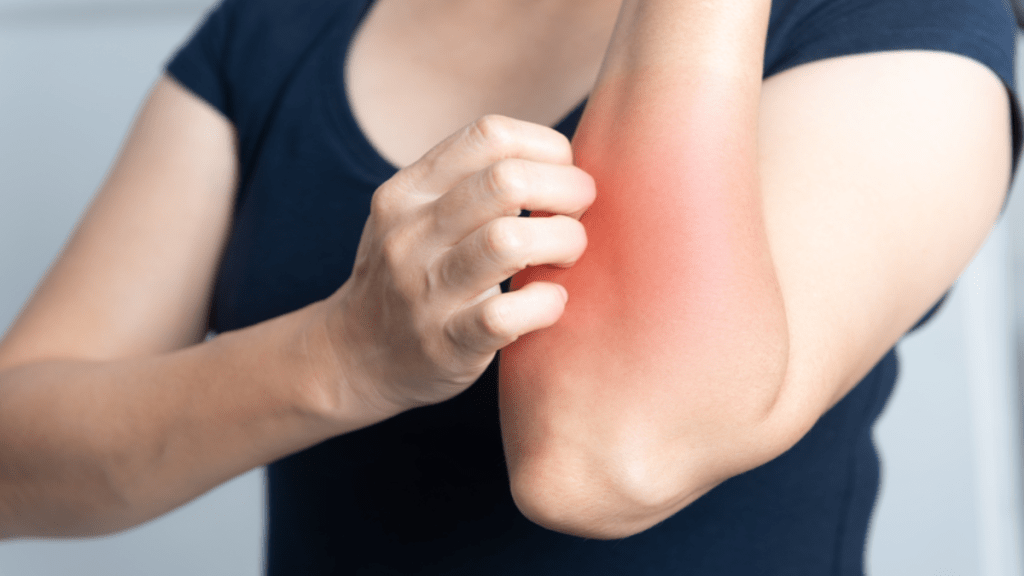
Impetigo
Caused by staph bacteria, impetigo is easily recognizable by its pus-filled blisters that typically spread across areas of your body that come into contact with people or objects (e.g., faces, hands)
Erythema infectiosum
Also known as the fifth disease, erythema infectiosum causes red bumps on your cheeks that may spread to other parts of your body if you catch it from someone who has recently been infected. The rash itself is not contagious and will go away within a few days, but some people experience joint pain or a mild fever in addition to their rash
Impetigo is caused by staph bacteria, which can cause more serious infections like boils and pneumonia. If you have a rash that doesn’t go away within a few days or if it spreads to other parts of your body, contact your doctor immediately.
Chickenpox
Children’s most common type of rash is chickenpox (or varicella), but adults are at risk for shingles (also known as herpes zoster). Shingles cause painful blisters that usually appear on one side of your body or face and will last for two to four weeks before going away on their own.
How can I avoid these Common Skin Rashes?
Treating them depends on what kind of rash you have. Generally, rashes are caused by one of these factors: allergies, bacteria or fungus, an inflammatory disease (dermatitis), a drug reaction, hormonal changes, or stress. Your best bet is to treat any skin condition immediately so it doesn’t get worse—or become a problem that interferes with your daily life.
To prevent skin rashes, try these steps
- Avoid contact with irritants and allergens, such as poison ivy and animal dander
- Reduce stress by meditating or exercising to lower your stress level
- Apply a barrier cream if you have eczema or psoriasis to protect your skin from irritants and allergens
How can I treat them?
While most rashes are harmless, some can indicate an underlying condition. If you experience itching or pain in your skin, see your doctor immediately to determine if you have a skin rash. Your doctor will also prescribe medications to help relieve your symptoms and prevent infection. Here’s how to treat common types of skin rashes
Eczema
Eczema is one of the most common forms of dermatitis (skin inflammation). It causes patches of red, itchy, and scaly skin, particularly on the hands and feet. Treatments include moisturizers, topical steroids (applied directly to affected areas), and ultraviolet light therapy. Antihistamines may also be prescribed for those with severe itchiness.
Psoriasis
Psoriasis is a chronic autoimmune disease that results in inflamed, raised patches of skin covered with silvery scales. The condition can occur anywhere on your body but commonly appears on your elbows, knees, and scalp. Treatments include creams containing vitamin D3 or corticosteroids. Oral medications are sometimes used to treat psoriasis and other autoimmune diseases such as rheumatoid arthritis or lupus
Acne
Acne is a common skin condition that causes blackheads, whiteheads, and pimples. It affects most people at some point in their lives. Treatments include topical treatments such as salicylic acid, benzoyl peroxide, or retinoids to reduce inflammation and kill bacteria. Your doctor may also prescribe oral antibiotics to treat acne caused by a bacterial infection
Common Skin Rashes – How long do they last?
How long a rash lasts varies. Some, like poison ivy rashes and hives, can last just a few hours to as long as several weeks. Others may take months to heal completely. The specific cause of your rash will determine how long it lasts. You’ll also want to learn what treatments and self-care measures can help speed up healing time if needed. Identifying each type is an important first step in determining its causes and effective treatment options.
A few common types of other rashes include:
- Irritant contact dermatitis is caused by prolonged exposure to a substance such as water, chemicals, or detergents.
- Atopic dermatitis (eczema): A chronic skin condition that commonly appears on hands and feet.
- Seborrheic dermatitis: This form of eczema is typically identified as dandruff; it can also appear in other areas of your body.
Rosacea: Each rash timeline will vary depending on its severity.
What foods should I avoid?
Certain foods can play a role in causing or worsening rashes. If you notice a change in your rash after eating certain foods, avoid those items to see if it makes a difference. Common food triggers include chocolate, peanuts, hot spices, and citrus fruits. It’s also important to avoid any known allergens (for example, wheat) that may be causing your rash. You should also try eliminating dairy products from your diet for one week; if there is an improvement during that time period, dairy may be a trigger for you.
How long does it take to heal?
Most skin rashes will heal within a few days or weeks. Some require antibiotics and oral steroids, while others need topical treatments or antihistamines to relieve itching. You can treat mild skin rashes at home; however, see your dermatologist if you have symptoms that last longer than two weeks. Contact your doctor immediately if your rash is painful or accompanied by fever, chills, or other signs of infection, such as conjunctivitis (pink eye).

